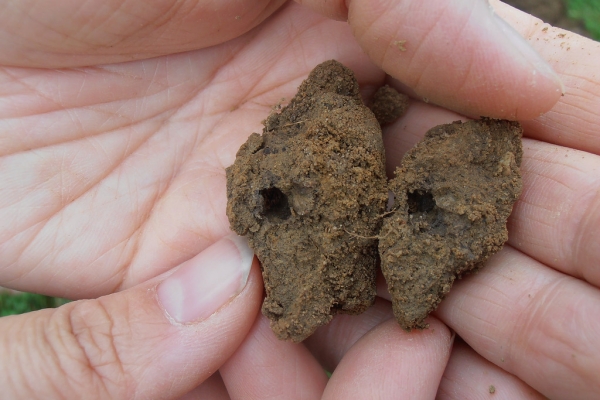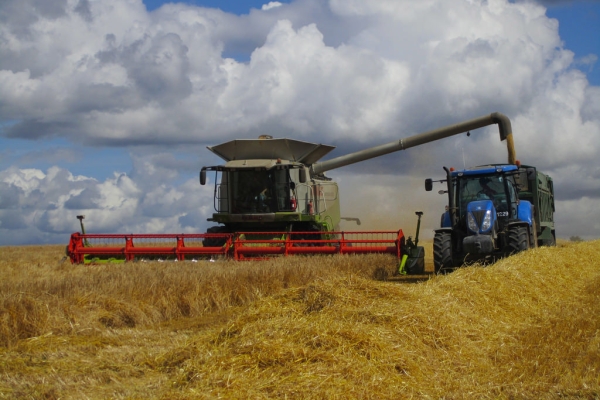Six Simple Steps to Regenerative Agriculture
Resource explained
This LEAF booklet gives an overview of the core principles and aims of regenerative agriculture and the overlap with Integrated Farm Management. These principles are then set out as ‘Steps’ with practices suggested that can help achieve each step. Case studies from Greece, Poland and the UK (GWCT Allerton Project) are included. There is also reference to the AgriCaptureCO2 project, an EU-funded project focused on identifying mechanisms and support needed by farmers to transition from conventional practices to more sustainable regenerative farming methods.
Findings & recommendations
- The importance of ‘context’ is emphasised as an additional principle of regenerative agriculture, recognising the site-specific nature of farming which underpins IFM.
- The principles of IFM and the core concept of continuous improvement align closely with those of regenerative agriculture.
- The steps described are:
- Limit soil disturbance
- Keep the soil surface covered
- Keep living roots in the soil
- Increase the diversity of plants
- Integrate livestock into the system
- Generate relationships
The final step recognises the importance of building connections between farmers, local communities and wider society to facilitate cooperation and exchange of knowledge and best practices.
“Regenerative agriculture implies more than just sustaining something but rather an active rebuilding or regeneration of existing systems towards full health.” Charles Massey, Call of the Reed Warbler
Explore the resource to find out more











